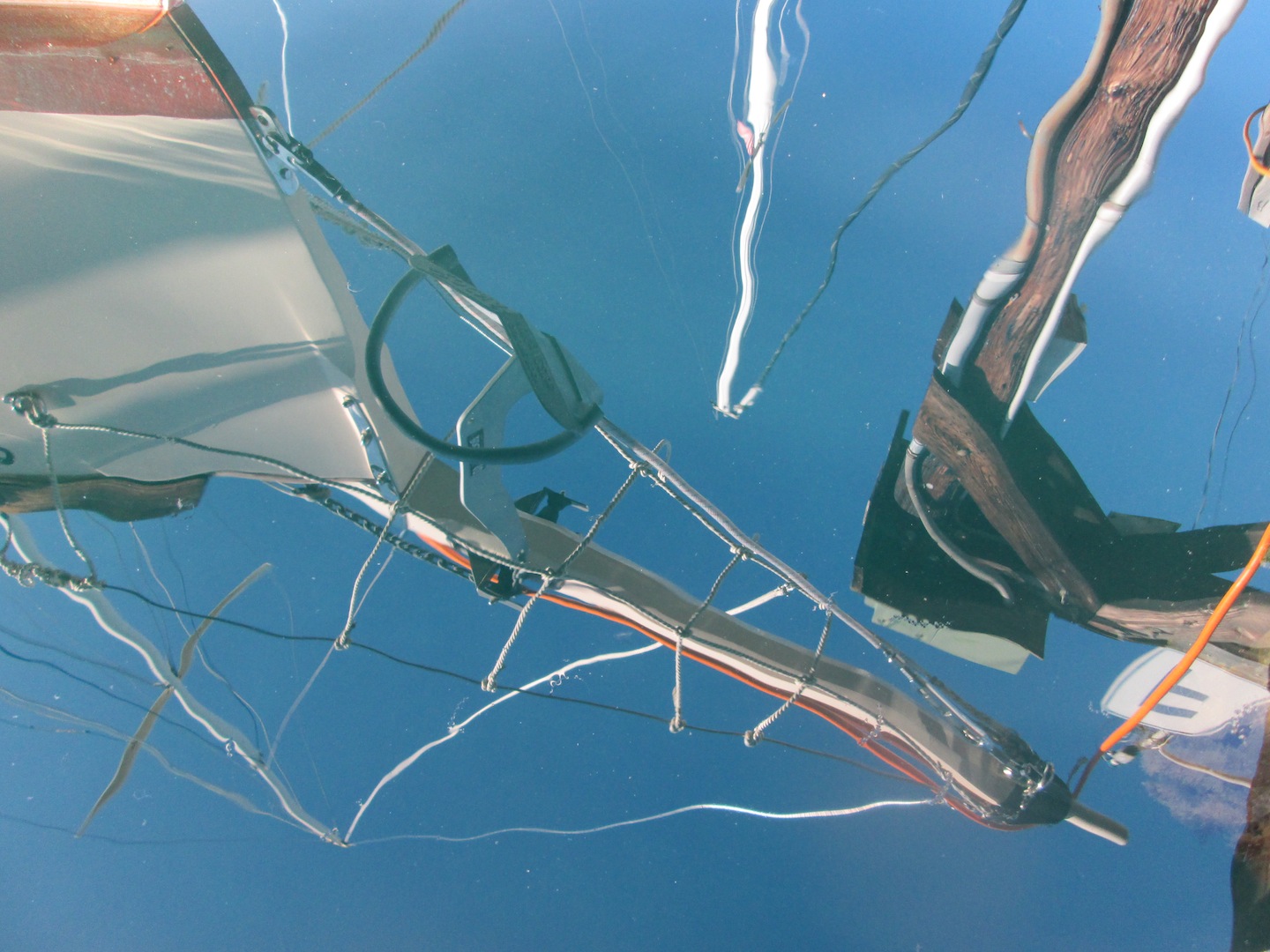It has been too long. I’m sorry I haven’t written sooner. Life moves pretty fast onboard a sailboat that goes an average of five knots (which is actually pretty fast for the hefty, intrepid Anam Cara).
First off, my goodness–what a boat. We have been through some wild rides. Like the time it took me four hours to tack past Diamond Island. It was difficult to point in the 25-30 knot gusts, and every time we made progress we’d near shore and get blanked by the mountains, the wind would just die.
Or the time my mom came and visited. It was a thunderous, rain storm of a weekend. We stayed on land at a Bed & Breakfast while Anam Cara was tied safely to a friend’s mooring ball. We had one small window, or so it seemed. The clouds began to part. In a nice 12 knots northwest breeze I flew west on a starboard tack and then headed north. I’d been watching clouds develop in the northwest corner of the Adirondacks and it had finally begun approaching. The winds started to shift so I jibed home and was making only three knots.
As soon as we entered the bay the storm ascended. We were soaked to the bone, could barely see five feet ahead, but the wind never came. I could see the wind line all around us to the north, south, east and west, but we escaped in some kind of shadow. I arrived on the mooring ball as lightening and thunder cracked the sky. My friend on land saw me come in and later said we looked like a ghost ship through the fog. The VHF reported 50 knot winds from the storm.
Most recently, my best friend on the planet came to visit. Winds were predicted south one day and north the next. I decided we’d sail north to Burlington and back south the next day. Going there was light, easy. We pretended to be pirates and drank far too much wine. We anchored under sail, in the rain, in our underwear, the entire anchorage watching our silent maneuvers.
Leaving, however, was a different story. The winds and waves built all night. We left on a starboard tack heading west to clear Juniper Island before we could head south and run home downwind. Twenty-five knots, sustained, five foot waves and confused ones at that. I had to point very carefully to not get broad-sided, but Anam Cara delivered. Her sturdy keel breaking up the chop.
We’ve weathered five storms at anchor, all over 40 knots. I only dragged once, and luckily into open water. I had anchored under sail and the hook didn’t set until the storm blew us back.
But I am pushing the boat sailing in such conditions. She needs more than I gave her in the yard. There’s a crack in the fiberglass above the bulkhead. The one the previous owner said hasn’t gotten bigger in 10 years. But I’ve sailed this boat more in the past three months than she’s been sailed in a decade and, well, it’s gotten bigger. A lot bigger. The mast is compressing the cabin top causing all sorts of trouble.
The roller furler is flimsy, rusted, and needs to be repaired or replaced. I’ve decided to have a new forestay fabricated and convert to hank-on sails. I’ll drop the mast this fall, tend to the compression crack by repairing the fiberglass and supporting the compression post on the ballast of the boat, not the cabin sole that is suffering from dry rot (which seems to be the reason why the whole thing happened to begin with). While I’m at it I’ll have the rigger inspect her standing rigging. I know I need to replace at least one turnbuckle…
This, along with many other issues with the boat, is why I’ve decided not to go south until next year. I need the fall, spring, and probably much of next summer to really get her right. I’ve even gone so far to think I might stay here in Vermont for the winter, get three jobs and a car so I can access the boatyard easily. I’m thinking to hang the boat up at a small boatyard in Vermont, where I have a handshake agreement with the owner to work for him during haul out season in exchange for winter storage. Only problem is I need to haul out soon to get to work on my boat before the cold comes–and with the lake level so low the yard can’t haul boats until they dredge. When it’s going to happen is the question of the hour…
For the last month I’ve been working for a Danish sailor on his Morgan Heritage One Tonne. Cool, ocean race boat. I helped prepare her for launch but left after four weeks seeking the freedom I felt the first few months on the boat, in Monty’s Bay and the north lake, when I still thought I was going south.
But everything is different, now. The goal has been and will continue to be to journey this boat back to saltwater–now that it won’t happen this year, everything has changed. I’m just biding my time, at anchor, before I have to get my shit together. Winter is coming.




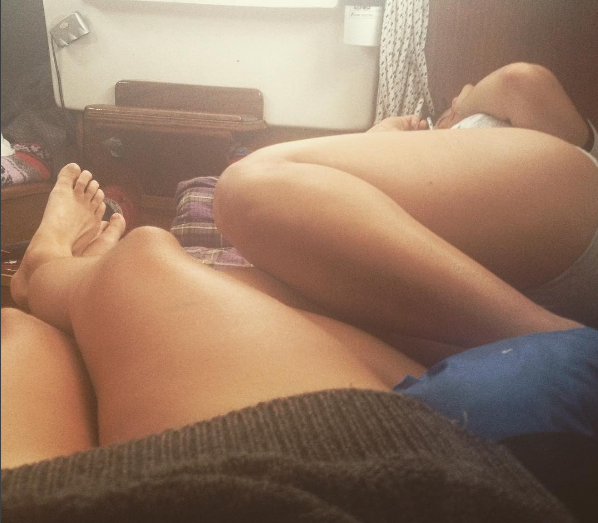
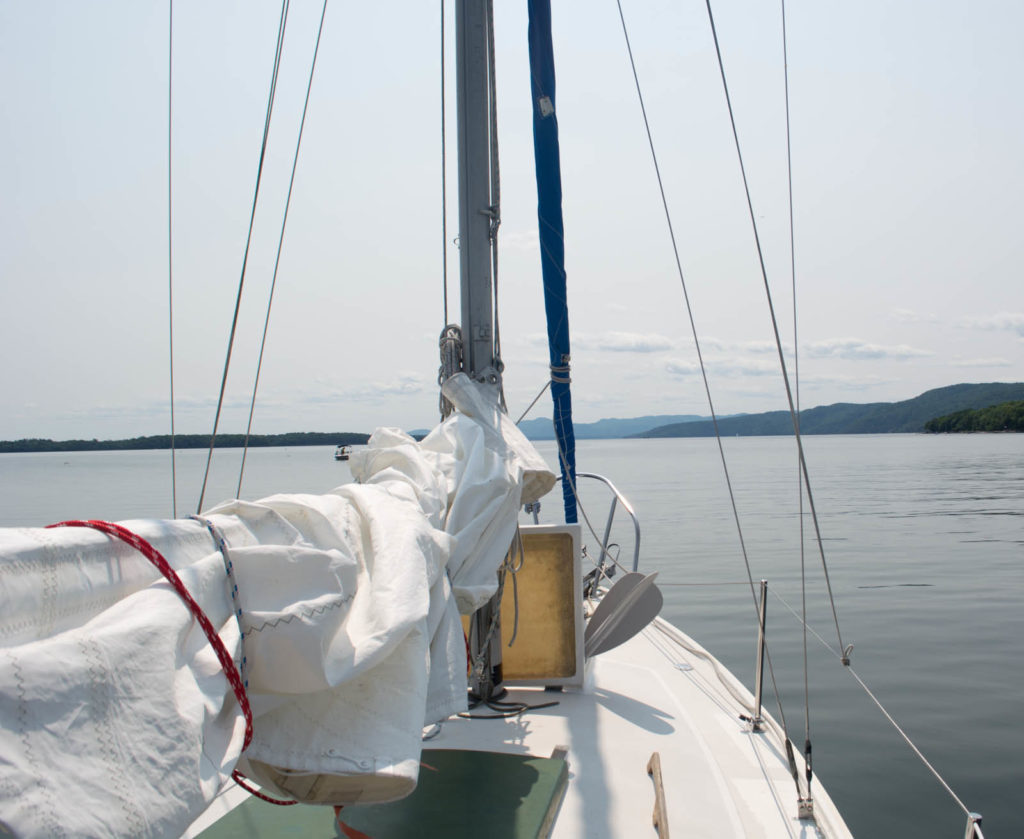

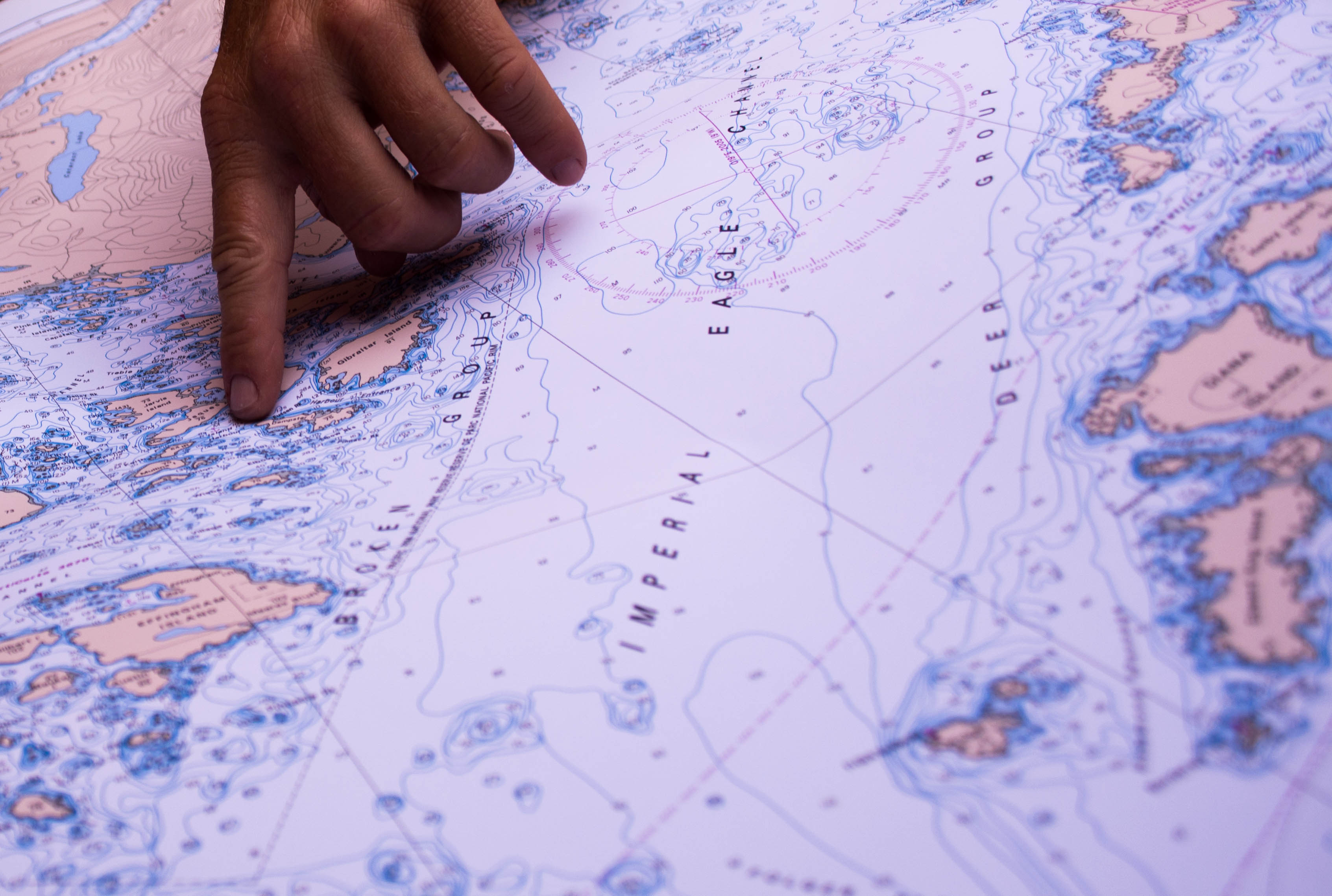

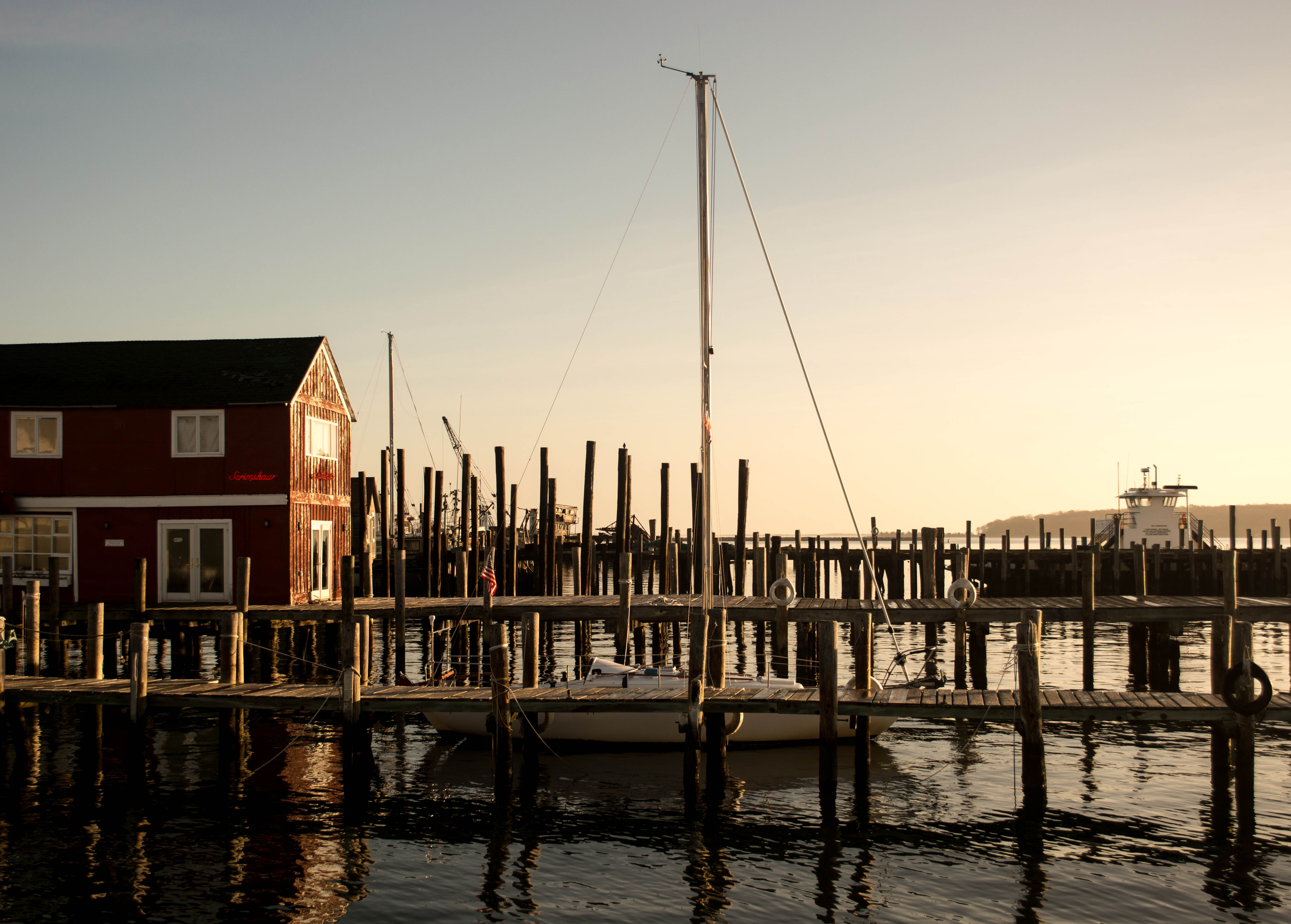 I get a call from John, the shipyard guy. I left a note on his black station wagon asking him which boats were for sale in the yard. He said none, but there’s a few that have been left “in really bad shape.”
I get a call from John, the shipyard guy. I left a note on his black station wagon asking him which boats were for sale in the yard. He said none, but there’s a few that have been left “in really bad shape.”